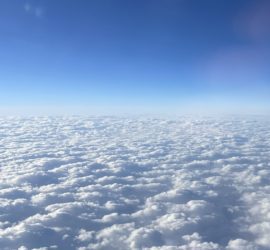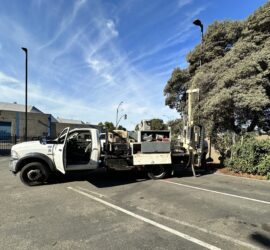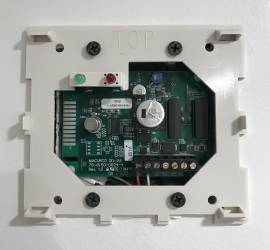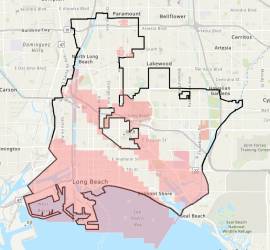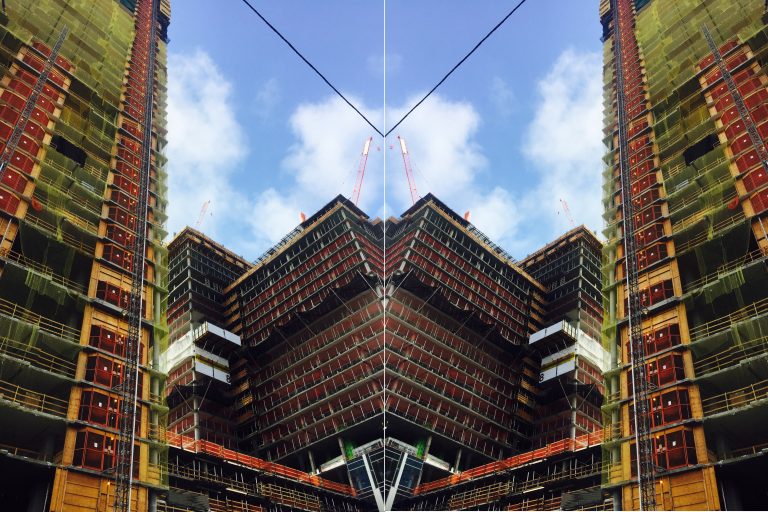Southern California Methane Testing
In Southern California, methane testing is a modern necessity due to the land’s rich history of petroleum extraction and natural oil deposits. The testing process comprises the geological evaluation of subsurface conditions as well as the sampling of subsurface natural gas pockets for hazard assessment purposes. A team of professional geologists and drilling technicians install probes underground and obtain samples for laboratory analysis. And upon the scientific review of the data, geologists then prepare a site assessment report, specifying the necessary methane mitigation design parameters. This is to ensure occupant health and safety. Updated April 9, 2024.
What is Methane Testing?
This article specifically focuses on the reasons behind methane gas testing in Southern California. But Geo Forward has published a separate page dedicated to the topic of Methane Testing and Soil Gas Survey. To learn more about what methane testing is, please view the CH4 soil gas survey page.
About Methane Gas in Southern California
Methane has the chemical formula: CH4. In fact, methane is the primary hydrocarbon gas within natural gas. And natural gas additionally includes hydrogen sulfide or H2S. Hydrogen sulfide is most apparent by its odor, especially in association with oil fields. Most of the hazardous methane soil gas test zones per building department maps are on the basis of petroleum pockets, reserves, storage regions, and wells. However, methane soil gas can also exist at high concentrations in areas near landfills, as well as natural oil deposits.
Southern California Methane Districts
Nonetheless, most of Southern California’s methane zones and districts surround historical and active oil and gas fields. For instance, the City of Huntington Beach administers methane testing requirements in the areas surrounding historical oil wells. The Huntington Beach Fire Department refers to these areas as “Methane Districts.” Similarly, the City of Los Angeles and other agencies throughout Southern California implement methane zoning regulations surrounding oil production fields.
The Hazard of Methane Gas
The main hazard of CH4 in soil gas is an explosion. Without methane mitigation, combustible gas can build up inside structures. And because methane is colorless and odorless, occupants remain unaware of its presence. Other hazards are possible as well, but less likely to occur before combustion.
Benefits of the Soil Gas Survey
In some cases, methane test results can omit the requirement for developers to install a costly vapor barrier. Geo Forward reports optimize data, to help plan checkers, contractors, designers, and developers complete projects quickly, and on a budget. Furthermore, mitigation plan design services aid Clients eliminate the hazards of soil gas intrusion and meet the requirements of local building departments.
Methane Zone and Methane Buffer Zone
The City of Los Angeles determined boundaries for areas that require methane testing and mitigation. These borders make up either a Methane Zone or Methane Buffer Zone.
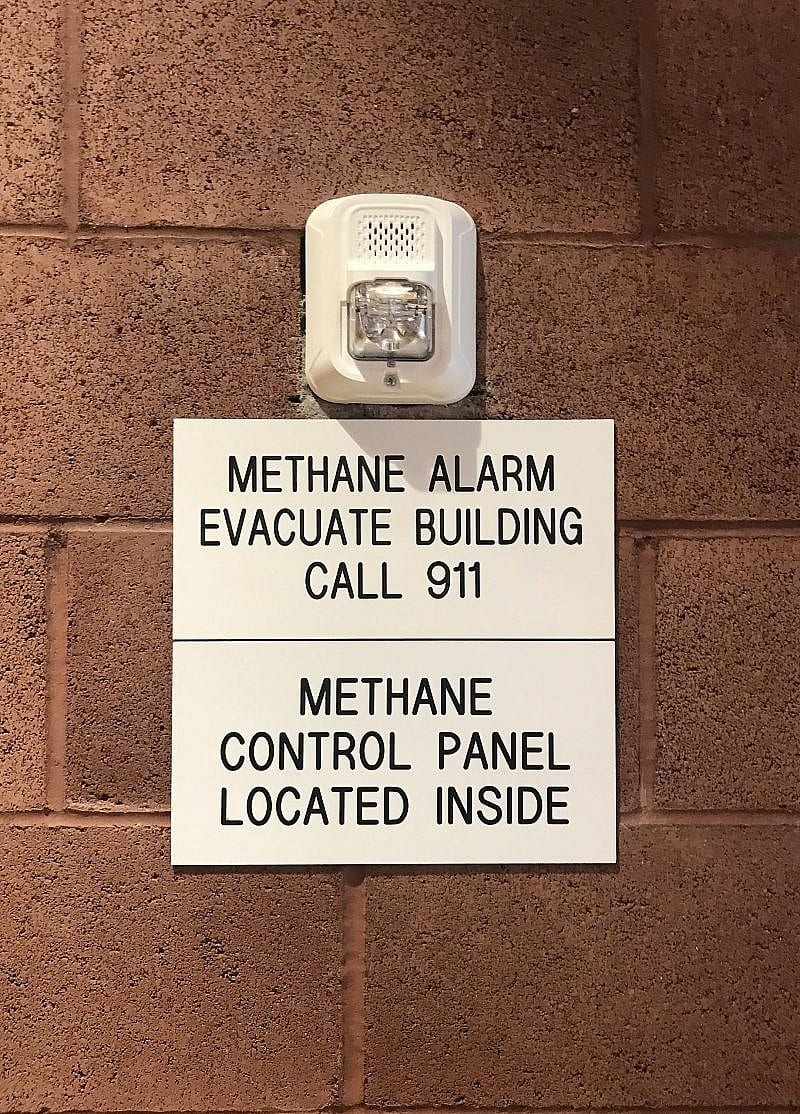
Professional Consultation
The Geo Forward team is a leading provider of methane testing services for all building departments in Southern California. And Geo Forward has the prerequisite certifications to perform soil and methane soil gas testing projects. Additionally, the organization is an authorized engineering agency for the City Los Angeles Department of Building and Safety.
Related Links & Maps
The Official Los Angeles Methane Zone and Methane Buffer Zone Map
The Los Angeles Department of Public Works, Bureau of Engineering
Los Angeles Department of Building and Safety (LADBS)

